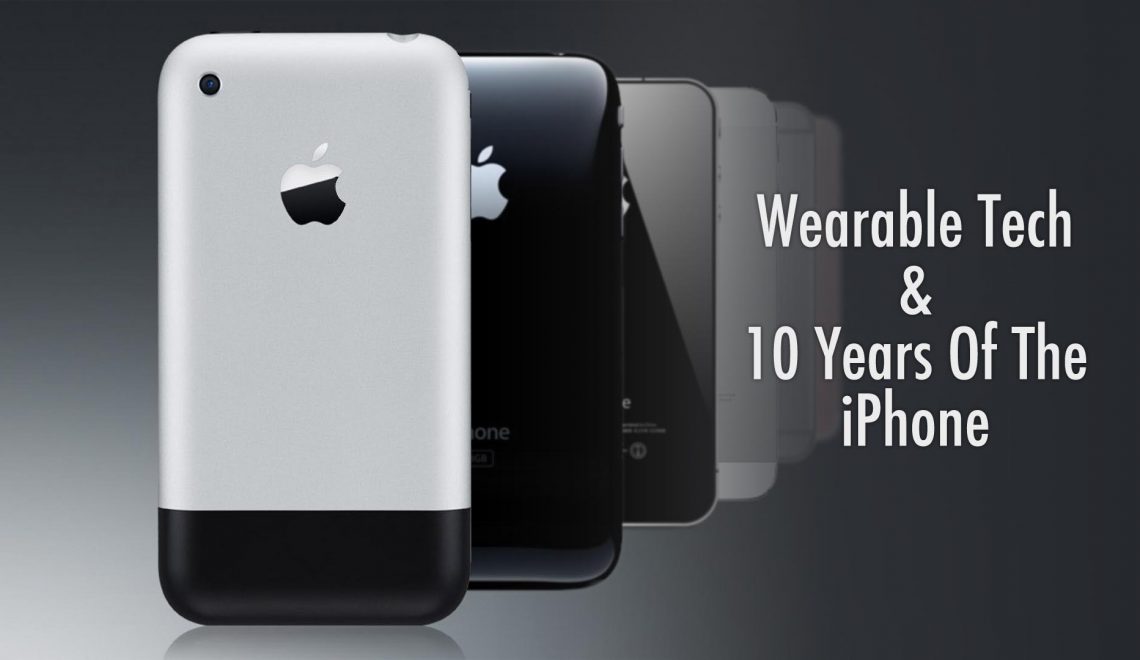It is no secret that while the designers at Nike, Fitbit, Pebble, Samsung, and Google are able to cram an impressive amount of technology into devices that are wearable, those devices are hardly aesthetically pleasing. Up to this point, any mass market wearable technology more complex than a digital watch has been more utilitarian than fashionable. In a WIRED article by Liz Stinson, she explores several possible downfalls. One issue arises from the lack of fashion conscious, ground up design.
Wearable tech needs to feel organic. Great design feels natural, as if all the pieces were meant to come together exactly as they do. Technology, though, isn’t organic; features are planned and road mapped, some existing only to one-up the competition instead of make sense with the device. Stinson argues that the only way to achieve a truly stylish device will be by having design be a part of the engineering process from day one. Some technology companies seem to be going down this road. During CES, Intel announced it’s partnership with the CFDA (Council of Fashion Designers of America) and Apple has made several significant hires from the fashion world (Paul Deneve: CEO of Yves Saint Laurent and Angela Ahrendts: CEO of Burberry). No word on when we might see a device from Intel’s collaboration but Apple is widely expected to show off a wearable device in Q4 2014.
The other issue that Stinson examines is that technology companies are looking for a silver bullet: a design that appeals to all people on all days. Stinson states that like fashion, wearable tech design is subjective; not all people are going to like one style and they don’t want to wear the same style everyday. This makes a lot of sense for clothes, shoes, and certain accessories, but there are definitely accessories that people do not rotate through. Consumer electronics, and thus wearable technology, are at an advantage with design because they are not designed for a decade of use. A Recon Analytics study in 2011 showed that American’s replace their phone every two years. A piece of wearable technology ideally then should incorporate classic design language mixed with elements of the moment since it won’t exist in the marketplace long enough to look dated.
 The other approach to design that Stinson discusses is modularity. This is a concept that Fitbit embraced, with Tory Burch announcing a bracelet and pendant for use with a Fitbit. Since Fitbit is basically a module that fits inside of a rubber bracelet, working with designers to create high end holders makes a lot of sense. The modular approach doesn’t make sense with all types of devices though and it remains to be seen how the market will respond to Tory Burch’s Fitbit accessories.
The other approach to design that Stinson discusses is modularity. This is a concept that Fitbit embraced, with Tory Burch announcing a bracelet and pendant for use with a Fitbit. Since Fitbit is basically a module that fits inside of a rubber bracelet, working with designers to create high end holders makes a lot of sense. The modular approach doesn’t make sense with all types of devices though and it remains to be seen how the market will respond to Tory Burch’s Fitbit accessories.
Like the start of any new product category, a lot of companies are throwing things against the wall to see what sticks. For a device people are expected to wear regularly, aesthetics are as important, if not more, than functionality. The first wearable tech that understands this, is likely to be the first device to broadly succeed in the marketplace.






